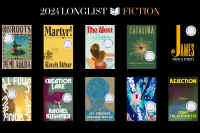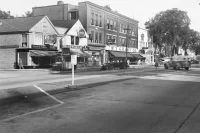
Lecturer in English Jessica Anthony ‘96 has had some dazzling reviews for her new novel, The Most, since it was released by Little, Brown & Co. in July.
NPR’s reviewer said the slim novel, just 133 pages, “blindsided me with its power.” The Washington Post called The Most “a spare, elegant novella” and the Chicago Review of Books compared her to mid-century critical darling Richard Yates: “Jessica Anthony renders the pathos of older domestic dramas such as Revolutionary Road, but with an admirable economy of words and a creative omniscient narrator.”
Faculty in the News: Bates Bylines
Jessica Anthony ’96, lecturer in English, is the author of four books of fiction. Her novels have been published in over a dozen countries, and have been featured in Time, Newsweek, Esquire, The Guardian, The Wall Street Journal, and The New York Times Book Review as an Editors’ Choice.
In the midst of that response to her fourth book of fiction, Anthony did something unusual. While she speaks on the topic of craft constantly in her creative writing courses at Bates, she rarely writes about it.
But last month she published a piece in Literary Hub (better known as Lit Hub), the online publication devoted to all things literary. In it, she celebrates using time as a form of structure for her fiction, and both showing and telling.
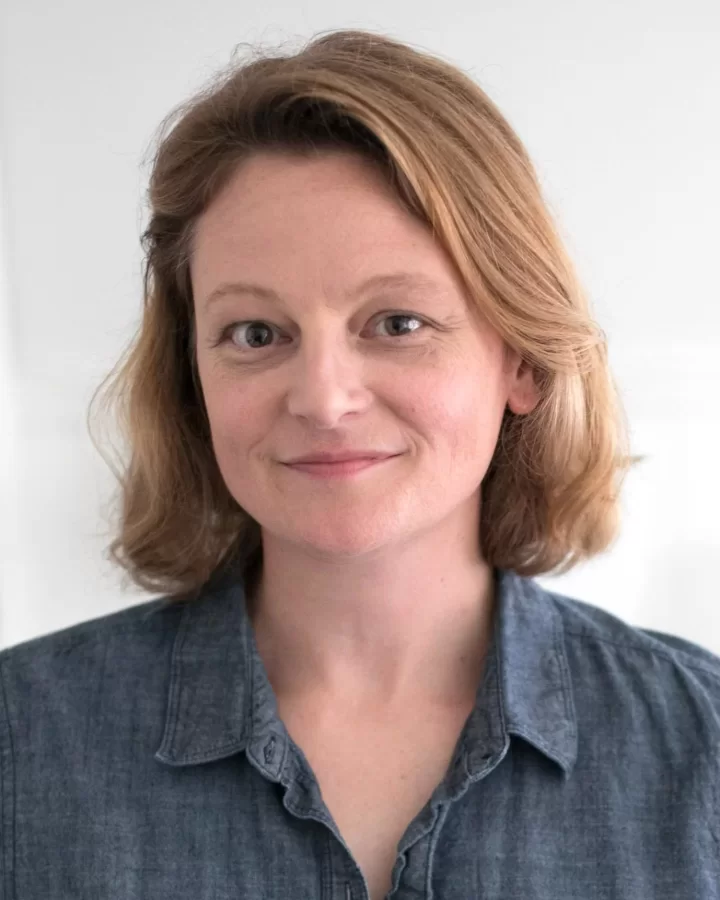
The Most takes place on one November day in 1957, when a housewife named Kathleen climbs into the pool at her apartment complex and spends the whole day there, contemplating choices both before and behind her while her husband Virgil and two young sons watch in wonder and consternation. There are some flashbacks to her life as a youthful tennis star before she met Virgil, via self-reflection, which Anthony puts in the category of telling, but Kathleen and Virgil’s story unfolds in the course of that day.
In her LitHub essay, Anthony connects her use of time as a form of structure with what she learned from teaching her students at Bates, particularly in the midst of the pandemic in 2020, when she had to use Zoom. As a decidedly un-tech-oriented person, this initially felt like an impossible task. “I had no idea how I was going to teach structure on a screen, because the only way I’ve known to teach structure is by intimately connecting it to character and style.”
Anthony went back into her own writing practice “and realized that what I had been doing was teaching myself, through experimentation and failure, about the art of time.”
“This superb short novel, about a marriage at its breakpoint, deserves to become a classic.”
Heller McAlpin for NPR
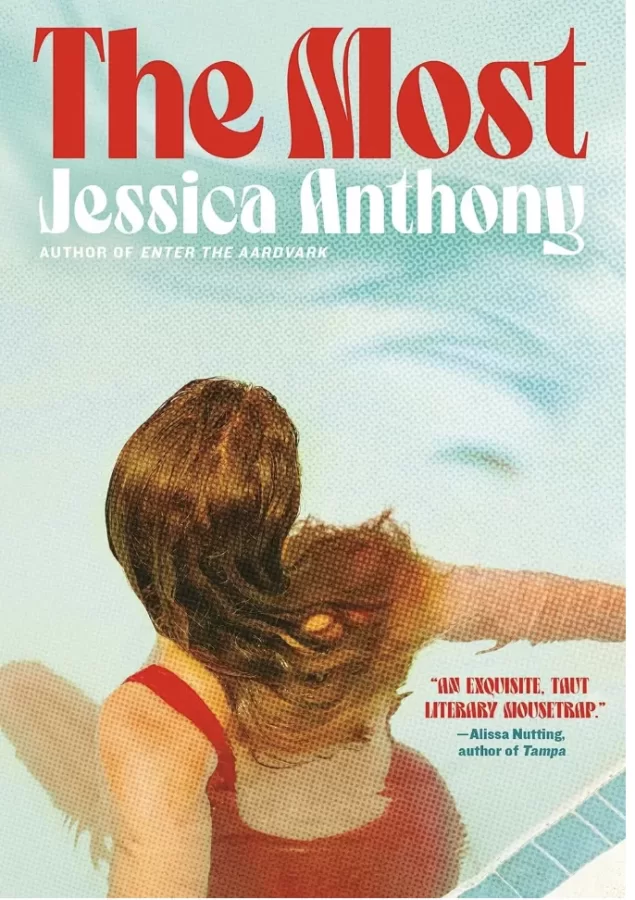
Anthony’s other books include The Convalescent (2009), a graphic novel called Chopsticks, published in 2012, and Enter the Aardvark, which came out in 2020.
Anthony writes:
“ I started to see scenes differently, not as a structural apparatus, but as a magical contradiction of time. When I sat down to write Enter the Aardvark, I gave myself three days to bring down the re-election campaign of a U.S. congressman. How different would that novel have been if I gave myself a full year? What about twenty minutes? How much time would I have spent in scene versus narration? When I wrote The Most, I gave myself one working day. Eight hours. We know how much we can get done in a day according to our clocks. So it can go in story. What if we only met Emma Bovary for two days, and not a lifetime?”
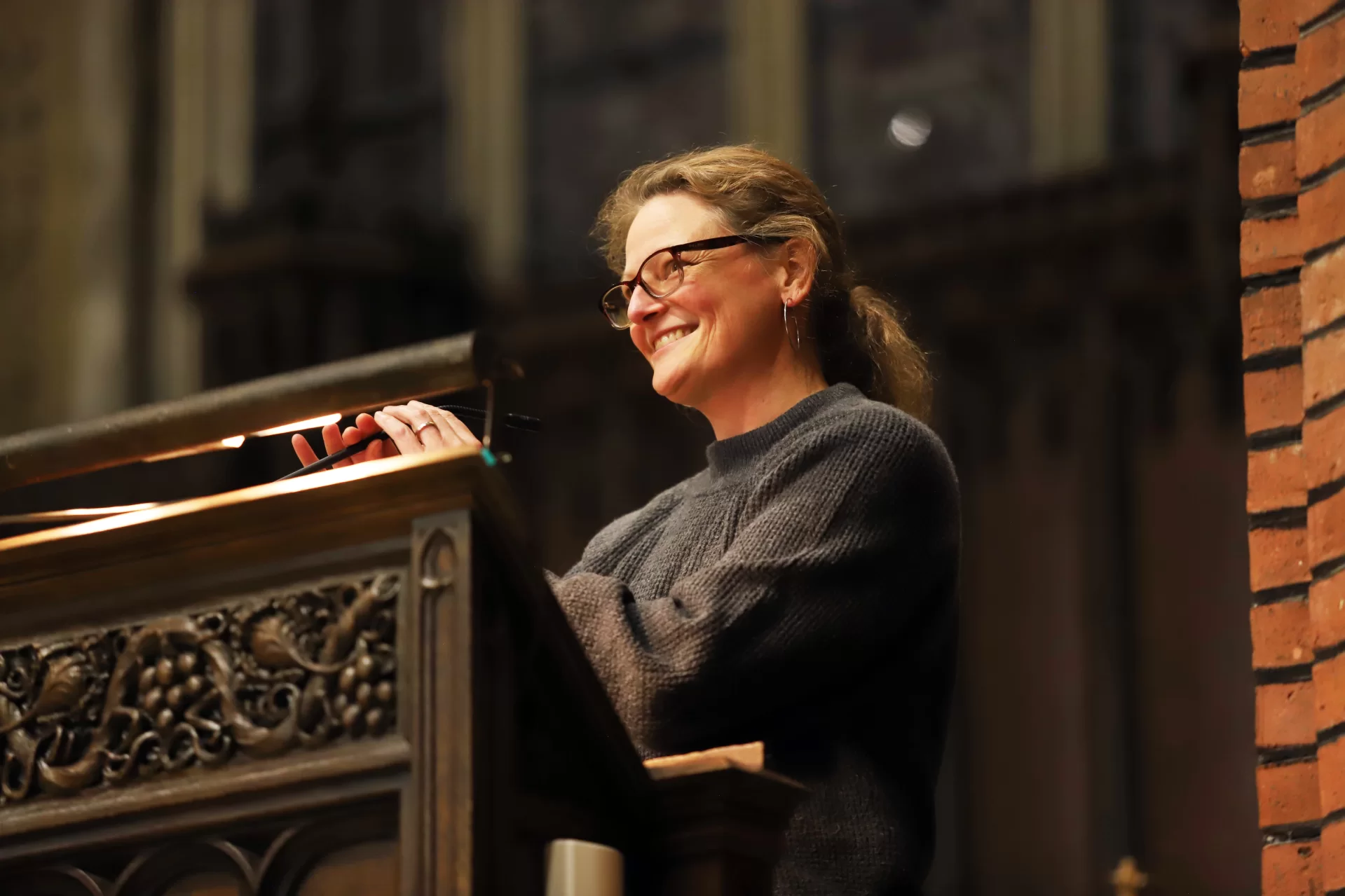
In a note to BatesNews, Anthony added a few more thoughts:
“Time’s malleability is one of the reasons why I suppose I have not grown tired of the novel. Time allows for an infinite parade of formal constructions. An entire act of a character’s life can occur in the seconds it takes to simply recall, remember. A whole season can occur over a single day. (Virginia Woolf understood this, perhaps, better than anyone.) The writing of this novel encouraged me to reimagine how I communicate structure to the fiction writers here at Bates. The best tools for a writer are always the simplest, and Time is a useful tetherer.”
More on The Most, from critics:
- From NPR: This is a superb novel of a marriage at its breakpoint — Heller McAlpin reports that The Most “blindsided me with its power, much like the cunning tennis strategy from which it gets its title. I don’t say this often, but this superb short novel, about a marriage at its breakpoint, deserves to become a classic….”
- From The Washington Post: In The Most, a 1950s housewife takes to the pool and won’t come out — “The Most is darkly funny in its own way, and in the end is less a comedy than a smoldering, Cheeveresque mediation on mid-century, middle-class disappointment.”
- From Chicago Review of Books: Portrait of an era: Jessica Anthony’s The Most — Anthony elevates The Most “from a simple marriage story to a portrait of an era, a minute event firmly entrenched in a larger world.”
